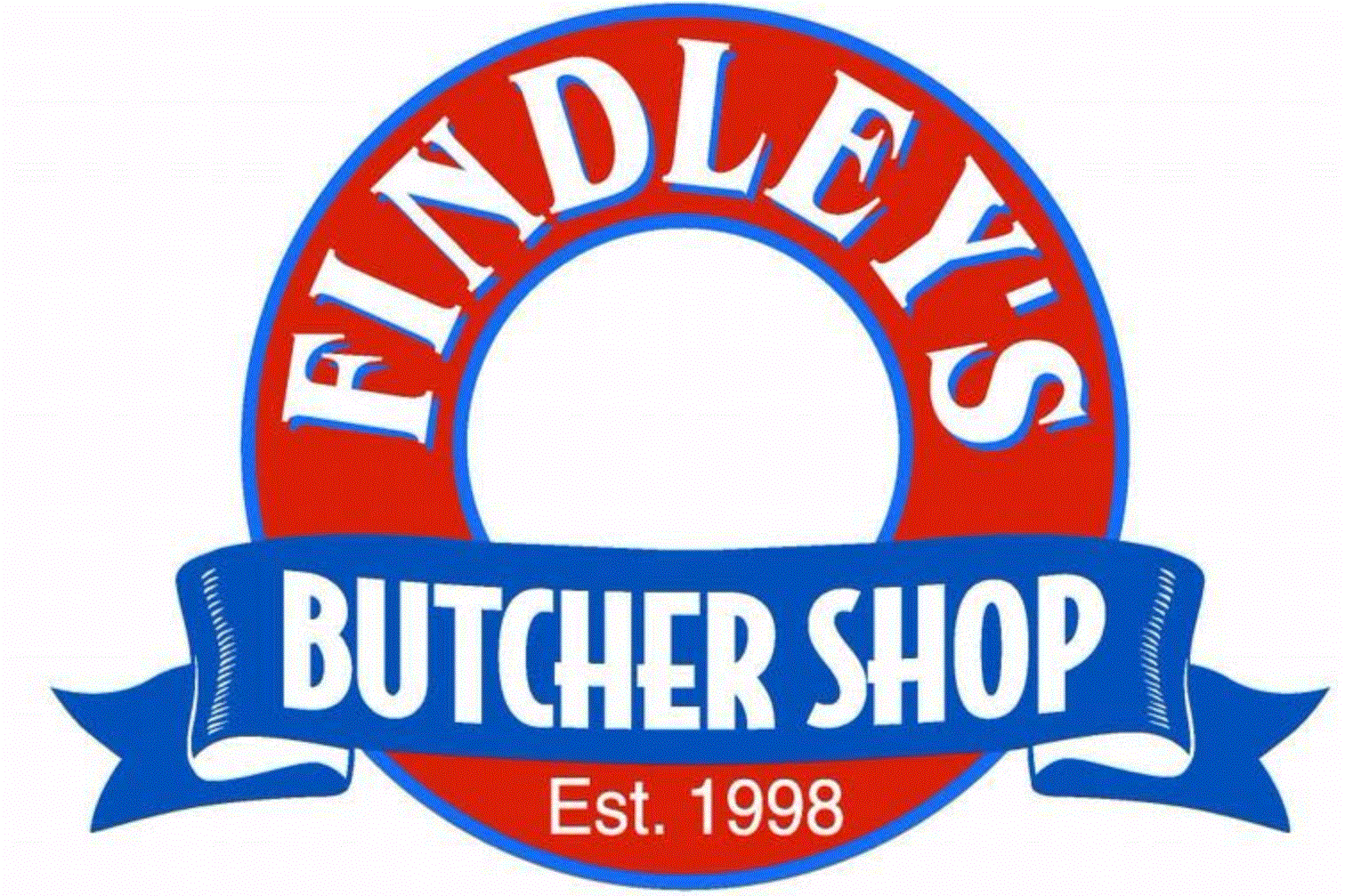Field dressing and getting the deer home are important parts of the hunt and require some preparation. Gear should include a sharp hunting knife, 15 feet of 1/4-inch rope or nylon cord, clean cloth or paper towels, and a couple of plastic bags.
The Kill
As a sportsman, it is your responsibility to be sure of your target and shoot only when you have a good clear shot. A well-placed shot in the heart, lungs, or neck region won’t mutilate the choice cuts and will help prevent losing a wounded animal.
After the shot, approach the animal quietly and cautiously. Do not attempt to follow a shot deer immediately. Wait 30 minutes or so for it to lie down, and you are most likely to find it. It is not necessary to slit the throat or bleed the deer.
Field Dressing
Roll the deer over on its back with the rump lower than the shoulders and spread the hind legs. Make a cut down the center of the belly from the breast bone to the base of the tail. Cut through the hide first and then carefully cut through the belly muscles while holding the intestines away with the free hand. Be careful not to cut the stomach or intestines.
Cut around the anus and draw it into the body cavity so it comes free with the intestines. Roll the deer on its side, then loosen and remove the stomach and intestines, being careful not to puncture them. Save the liver if desired.
Cut around the diaphragm, this separates the chest and stomach cavity. Reach into the chest cavity and sever the gullet and windpipe just in front of the lungs. Pull the heart and lungs from the chest cavity; drain out excess blood and wipe clean with cloth or towel.
Wash out if water is available, particularly if intestines or stomach have been shot or punctured.
Some hunters prefer to cut the pelvic bone and breast bone when opening the animal. You can do this with a knife if you are experienced or you can use an axe or pruning shears to separate them. There is less danger of cutting the anus or the bladder if the pelvic bone is separated, and it is easier to remove the liver and heart if the breast bone is separated.
Cooling Down
Back at camp, hang your deer either by the antlers or by inserting a gambrel stick at the hocks. Pick a cool hanging place because heat causes rapid spoilage. Prop the body cavity open with a clean stick to insure air circulation.
Skinning
When skinning your deer, hang it by the back feet. Ring the legs at the knee and slit down rear of the legs. Peel the skin off the carcass wrong side out. Use a knife as little as possible. Pull the skin with one hand using the other to separate the skin and carcass. If the deer is to be mounted, do not make any cuts on the skin past the front legs. Continue peeling down to the base of the skull where the head should be cut off. After cutting, roll up the skin and put in a garbage bag and tie up around the antlers and freeze as soon as possible. If you do not have freezer space, take the head and hide to your taxidermist immediately.
If necessary, hides can be salted. This should be done only if the hide cannot be frozen or taken to a taxidermist soon after skinning. Salting slows the activity of the bacteria that can ruin the hide, but with the head intact and flesh still on the hide, it is best to freeze.
Quartering and Cutting
While the deer is still hanging, remove the neck. Saw the carcass down the center of the backbone, dividing it into two halves.
Place the sides of venison inside down on a table and quarter by cutting between the last two ribs to insure easy handling. If additional cutting is to be done, remove the legs by cutting close to and in front of the hipbone and between the 4th and 5th ribs.
Hind Cuts
First, place leg outside down on the table and remove flank. Cut rump from the round by following a line just below the pelvic bone. Slice the round into five or six 3/4-inch round steaks. The lower round or heel is suitable for a pot roast. Bone out shank, grind meat, and use for deer sausage and deer burgers.
Loin and Ribs
Remove breast by cutting several inches from tenderloin muscle on the loin end and about 3 inches from the backbone on the rib end. The loin and ribs can be cut into 3/4-inch chops or used as a roast. I prefer these boneless.
Shoulder Cuts
The shoulder joint is prominent and the chuck and arm roast can be separated there. If the joint can’t be found, use a saw to cut along the rib ends. Saw off the shank and bone out along with the breast and arm roast and use for ground meat. The chuck makes a good pot roast.
